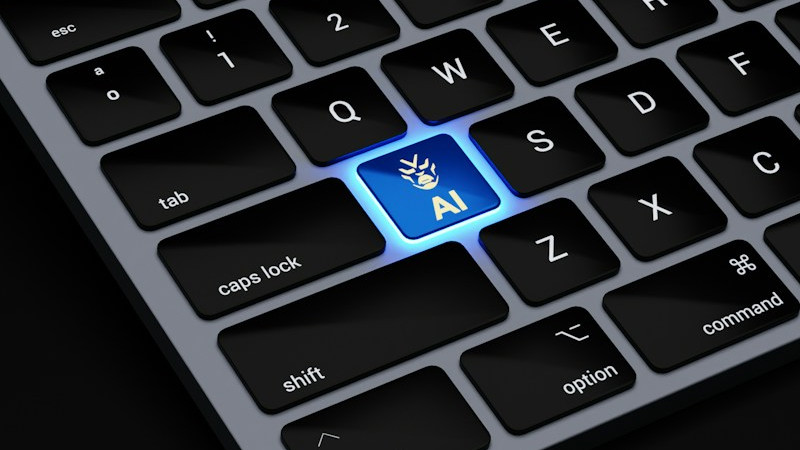HR Guide to Ireland’s Auto-Enrolment Pension Scheme
“Retirement: It’s nice to get out of the rat race, but you have to learn to get along with less cheese.” — Gene Perret
It may be funny, but for many people in Ireland, the risk of having not enough cheese in retirement could be a reality. Even with the State Pension, many workers find their savings won’t stretch far enough to maintain the lifestyle they’ve worked hard for.
The upcoming auto-enrolment pension scheme aims to change that, making saving for retirement the default and helping employees build a more secure financial foundation for the future.
While the rollout will start with larger employers, giving HR teams time to prepare systems, budgets, and communications, the scheme will gradually reshape how organisations support their people. In this article, we’ll cover the essentials of auto-enrolment: why it matters, how it works, and what steps organisations can take to get ready.
Why its Needed
Currently, a large proportion of Irish workers — particularly in the private sector — rely solely on the State Pension for income in retirement. This poses a challenge: the State Pension alone may not be sufficient to maintain pre-retirement living standards.
This coverage gap highlights the pressing need for reform. Auto-enrolment is designed to make saving for retirement simpler and more accessible, ensuring employees can build adequate savings throughout their careers. By defaulting eligible workers into a pension scheme, it aims to improve both coverage and adequacy — two long-standing weaknesses in Ireland’s retirement system.
How it Works
Auto-enrolment will automatically register eligible employees into a retirement savings scheme, ensuring contributions from the employee, employer, and the State.
Key areas of impact include:
The scheme will be overseen by the National Automatic Enrolment Retirement Savings Authority (NAERSA), which manages contributions, investments, and regulatory compliance.
Implications for HR
Auto-enrolment presents both challenges and opportunities — and the time to prepare is now. Organisations that plan now will navigate the rollout smoothly, while those that delay risk last-minute system bottlenecks, tight deadlines, and employee confusion.
HR teams will face several key challenges: updating payroll systems, tracking contributions, ensuring compliance, and clearly communicating with employees about how auto-enrolment works, including impacts on take-home pay. Employer contributions must also be incorporated into long-term financial forecasts.
Yet the opportunities are significant. Transparent, easy-to-understand pension offerings build trust and demonstrate care for employees’ long-term well-being. Strong retirement benefits help attract and retain top talent, and early preparation allows HR teams to manage compliance efficiently while avoiding last-minute disruption.
Practical steps for HR teams include reviewing existing pension arrangements to identify gaps, assessing HR and payroll systems for automatic enrolment capabilities, engaging finance and leadership teams to model contribution costs, and creating an internal communication plan to educate employees about the upcoming changes. Starting early transforms potential challenges into opportunities to strengthen benefits, enhance engagement, and showcase proactive leadership.
Conclusion
Auto-enrolment is poised to transform retirement planning in Ireland, bringing both challenges and opportunities for HR teams. The time to act is now: understanding the requirements, planning carefully, and communicating clearly will be essential for a smooth rollout.
At TechHeads, while we don’t provide formal advice on auto-enrolment, we’re always happy to discuss the changes and share insights with clients as you navigate this new landscape.






